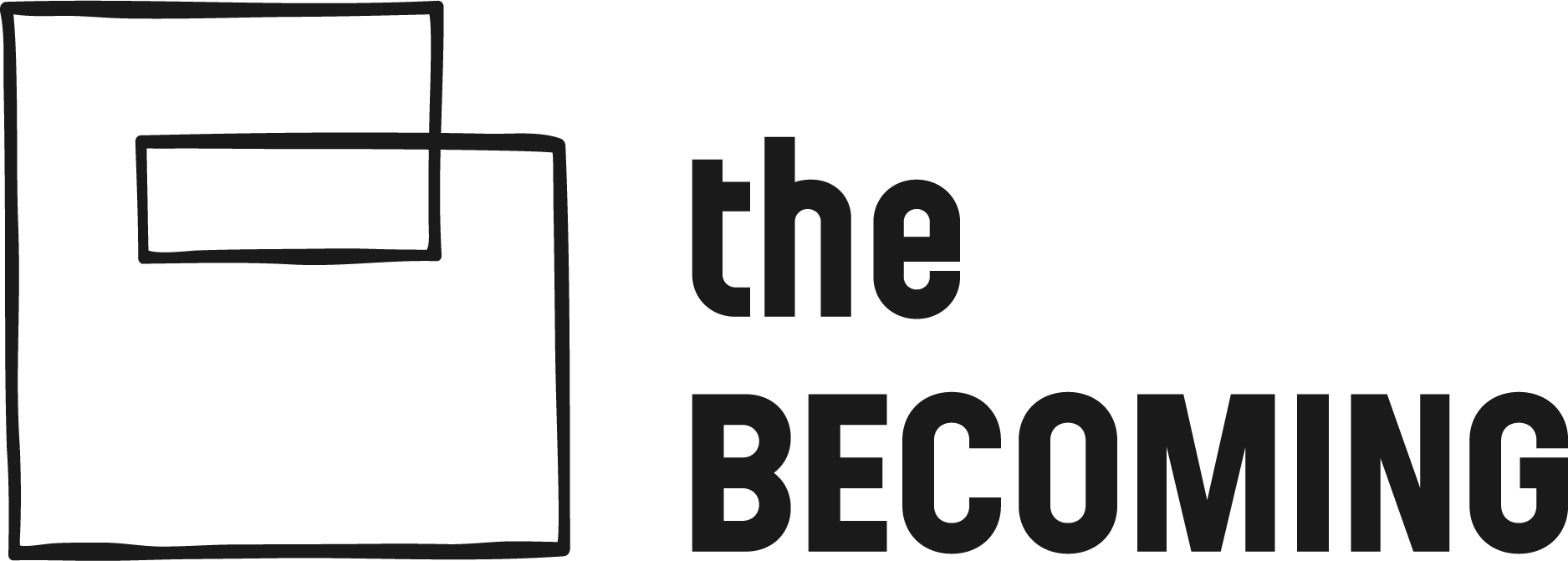Stop Getting Stuck! 3 Steps to Consistent Creative Output
Picture this: you just took yourself out on an art date.
You’re hanging out at your favourite museum, drooling over pieces you love and feeling ridiculously inspired.
Your sense of possibility swells.
Stoked, you dash home to your studio but somewhere along the way supreme inspiration transformed into
a tepid, “Ahh. Maybe I’ll just make some food and call it a night.”
Deflated you resign yourself to dinner.
You got stuck.
How to Stay Inspired
I’m all about magic and miracles, but not when it comes to having a consistent studio practice.
Consistent creative flow comes from showing up for yourself – not from waiting for divine inspiration to strike.
Inspiration is not a limited resource. Like solar power, that shit is renewable.
The trick is knowing that you have the power to usher inspiration in.
Step 1: Know your Vision.
Tell me this - how inspired do you feel when you finally sit down at the end of the year to write out your
visions for the next? Don’t you love the feeling that comes when you know that anything is possible?
It’s hard to not feel inspired when you’re filled up with permission and possibility.
Creating a sustainable creative practice requires both – permission and infinite possibility.
Having a strong vision that you revisit regularly helps stay connected to both.
Once you know where you’re going you can plot a path to get there.
Step 1: Grab your journal and write down every single, sensual detail of your perfect day as the artist you’d love to be.
Think big. Go wild. Know that it’s possible.
Once it’s written down, make a note on your calendar to revisit your vision – every.single.month.
I like to sit down at the beginning of each month to reflect on the last, celebrate and reignite my fire by rereading that juicy vision.
Step 2: Have a Practical Plan
Trying to wing it or go freestyle is a recipe for disaster – especially for us wildly non-linear creative types.
Having a practical plan sets you up for sanity and success.
Step 2: Hone in on one, reasonable-sized chunk of your vision.
I like to break it down into 3 month sized, do-able desires.
From there, you have to start from the inside of that desire and work your way out.
For example: If your vision is to create a new body of work,
start by asking yourself why you really want that (praise from your parents, making a buttload money,
having an exhibition you’ll feel proud of)?
Then, ask yourself how realizing that desire will feel (inspired, accomplished, joyful, like a real artist?)
Next – admit what it is that you’re really afraid of (“What if people hate them?”
“What if I can’t finish!”, “What if they suck?!” Ack! Ack! Ack!).
All of us are scared shitless. Start by admitting it and bringing it into the light.
Only after the internal stuff has been fleshed out can you start mapping out the practical parts
of your plan (buy the canvases, do some research, write in my journal, schedule studio time, show up for studio time).
Put each step you’ve listed on a post-it note on your wall. Accountability and visibility is key!
Step 3: Take Daily Action
For us artists, the thought of taking daily action can sometimes feels a major revolution – or a betrayal,
especially if all things habitual and discipline-y make you start to squirm.
A beloved professor said it best, “We have to set up the banks of the river so that water can flow through.”
Water, my friends, equals inspiration. Showing up and making yourself available is the best way to usher more of it in.
Step 3: Find something small that you can do every day to make your vision a reality.
I call this a Meta-Layer. A Meta-Layer is any creative act that keeps you in the flow and creates accountability.
Great examples of these are: morning pages, postcard projects or daily drawings that get posted to social media – daily.
Pick a practice that both excites you and pushes your edge ever so slightly.
Why These Steps Work So Well
Imagine trying to get to Louisiana without knowing what the place is called.
Imagine setting off on your journey without any idea of how many days of driving it would take.
Imagine not knowing how much food to pack, how much gas you’ll need
or which tools your persnickety car might need along the way.
Imagine forgetting halfway through why you started driving in the first place!
Sounds like a recipe for disaster, right?
To get where you want to go, you need to know which direction you’re heading.
While I’m all about creativity taking us into unknown waters and on amazing adventures,
I also know that having a map of the territory and being well-prepared makes it much easier to enjoy the scenery.

